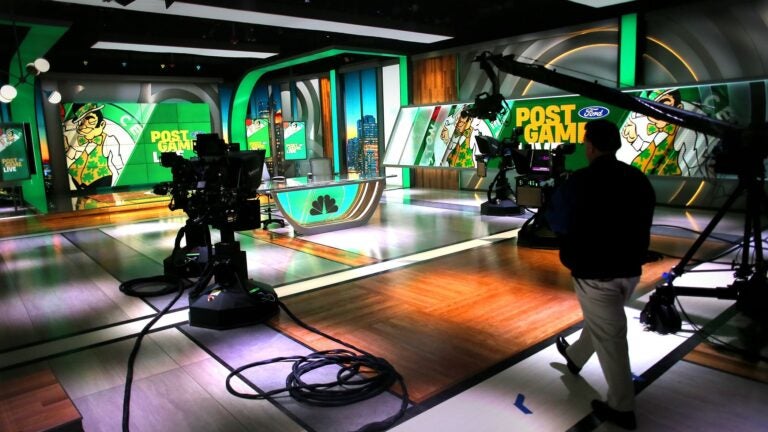Bussiness
3 telltale signs of a fake luxury watch, according to a watch authenticator
- A premium watch authenticator said there are telltale signs of fake watches.
- He said with counterfeiters getting more skilled, it is often difficult to tell the real from the fakes.
- From the paint on the hands to the magnification of the date window, here’s how to check.
This as-told-to essay is based on a conversation with Ng Yong Shen, a vice president with Re-Loved Luxury, a Dubai-based secondhand luxury retailer. It has been edited for length and clarity.
My journey in watch authenticating started during the pandemic when I became a purchaser for Valuence, a secondhand luxury goods company.
I went on to pursue similar roles, first as an authenticator for Carousell Group, an online marketplace, and later as a commercial manager at Luxehouze, a marketplace focused on pre-owned luxury goods.
Now, after four years in the industry, my day involves procuring secondhand pieces from online marketplaces or vintage shops, authenticating pieces for corporate clients at midday, and then working as Re-Loved Luxury’s vice president, trying to scale up its business.
Through these roles, I have been exposed to a large volume of luxury items on a daily basis. In addition to watches, I can also detect fake bags and jewelry.
The traditional way to authenticate a watch is to open the back case, check for movement, and check for the integrity of the movement.
But the fakes have gotten better lately. I have had cases where the watch was opened by the watchmaker, approved, and then brought to me, when I realized it actually had a fake movement.
Over the years, I’ve found some telltale signs of a fake watch across different brands. Here are some small things to look out for when checking for the real deal:
1. Details in the date window
Ng Yong Shen
The first thing to look out for is the date window.
These two photos compare two vintage Rolex two-tone Datejust watches.
The one on the left is fake. Pay attention to the date window. The fonts and the spacing of the square are noticeably different.
You can see they both have different fonts. The one that’s fake, you can even see some “bleeding” in the lines of the number, while the number on the real deal has crisper edges.
2. Cut and paintwork of the hands
Ng Yong Shen
The hands feature some very fine details and can be good giveaways for counterfeits.
They are supposed to have a very fine polish. For some fakes, you can see that at the edges, they look like they have been laser cut, snapped off, and stuck onto the watch.
These are ways for counterfeiters to skimp on costs. The very good, authentic ones shouldn’t have all of these traces.
Another detail is the paintwork. If the hands have color or paintwork on them, the paint should be even and not bleed down the hand. This can be seen in the authentic Audemars Piguet watch shown above, with its hands painted in orange.
If you see a teardrop or dip in the paint, something is not right. It’s better if you have a loupe — a magnifying glass — to check for the fine details.
3. Construction quality
Ng Yong Shen
Premium watchmakers take time and precision to craft these pieces, and this is reflected in the small details.
For example, the lines of the embossed crown logo on the watch’s clasp should look crisp and clean, and the area surrounding the crown should not be elevated.
Better safe than sorry
I advise that the best thing to do is to bring your watch to an experienced authenticator for a proper check.
Counterfeiters are getting better, and there are a lot of “Frankenstein” watches with mixed parts.
Sometimes, they use a real watch, meaning that 60% of the components are real. If you open up the watch, you can see the movement is real.
They may just change the dial or maybe the bracelet. If they remove the bracelet — swap the real bracelet with a fake one — they can make thousands.
So be careful and buy from a reputable seller, or get it checked by an experienced authenticator.










